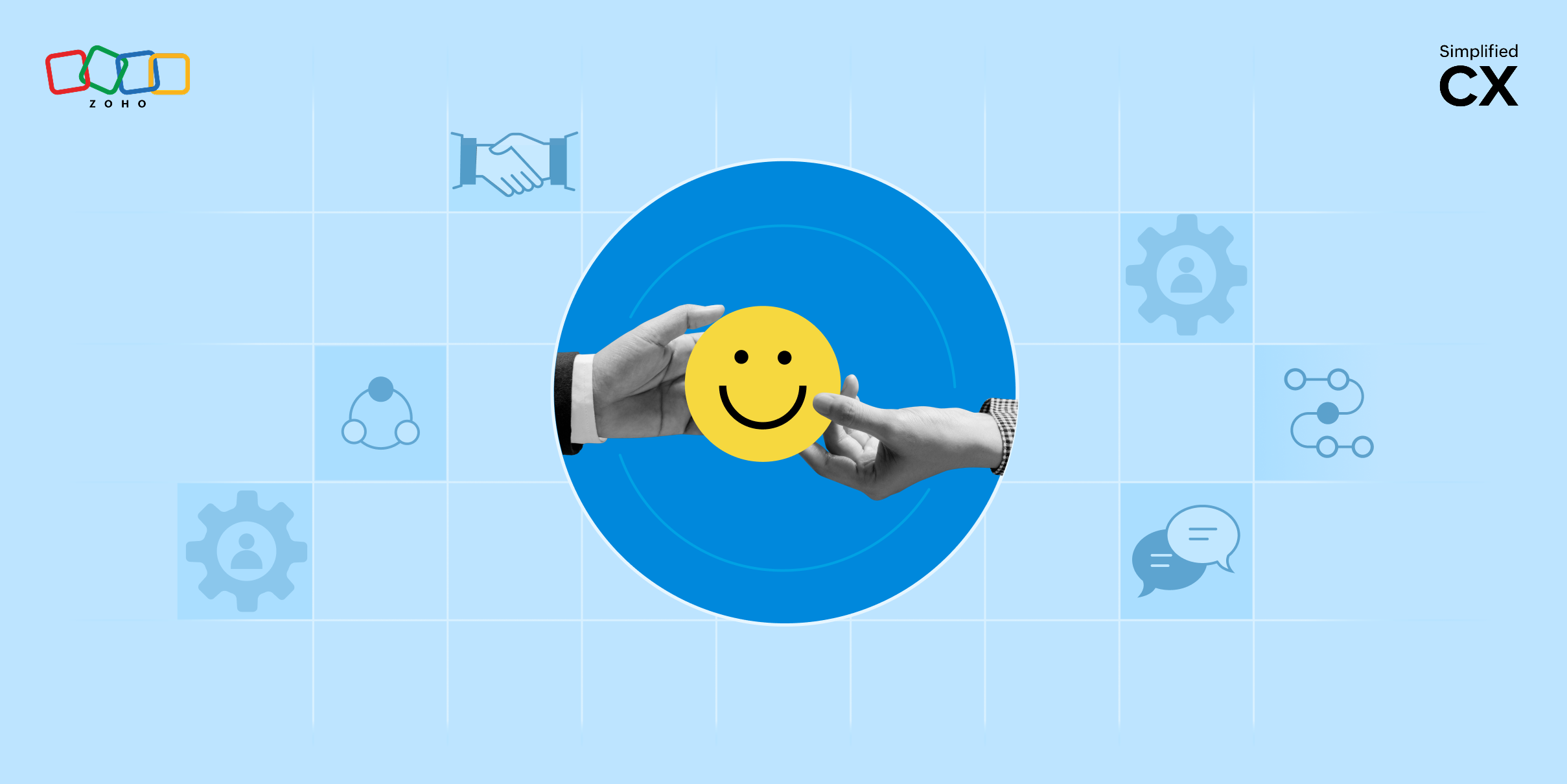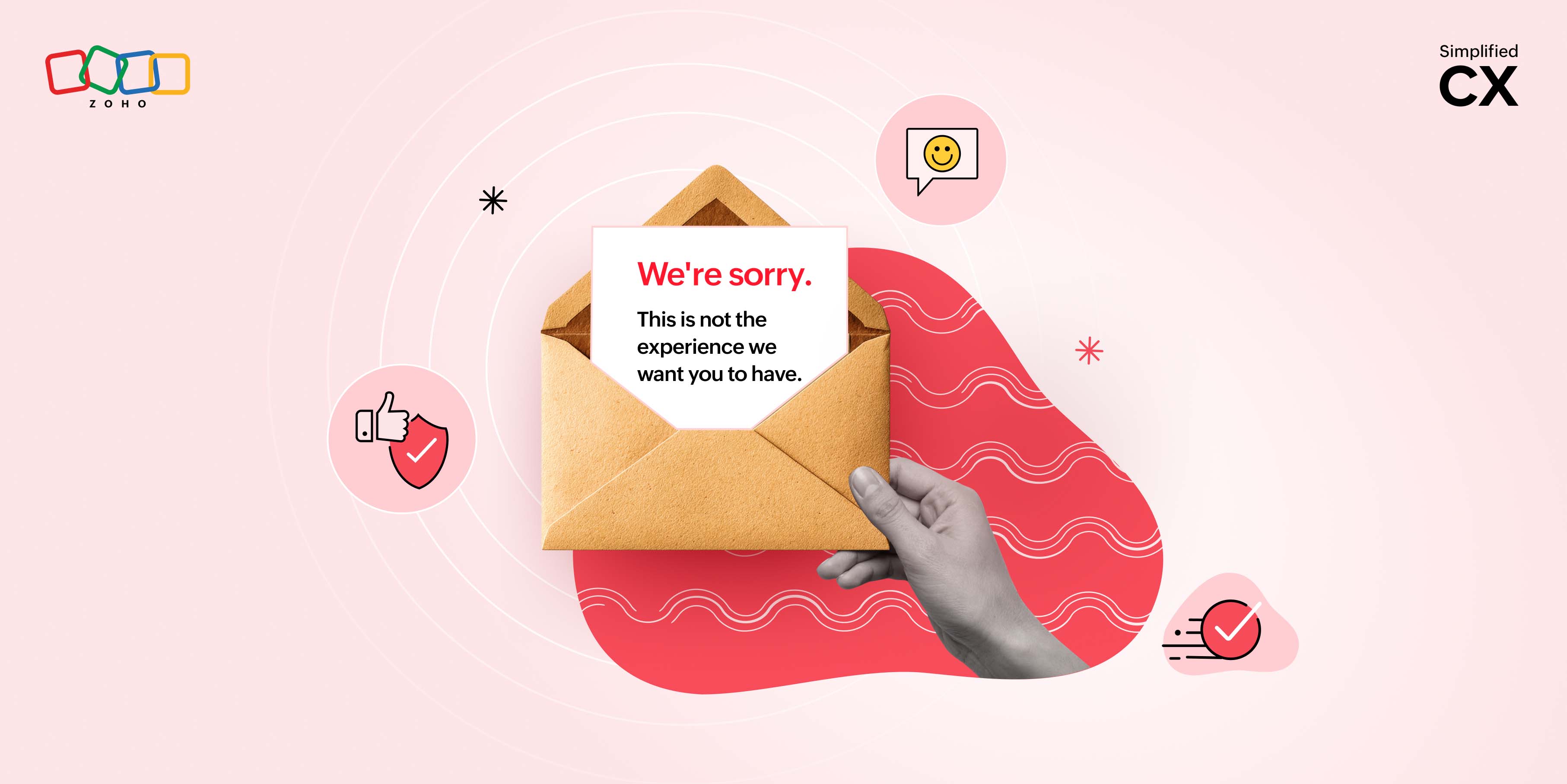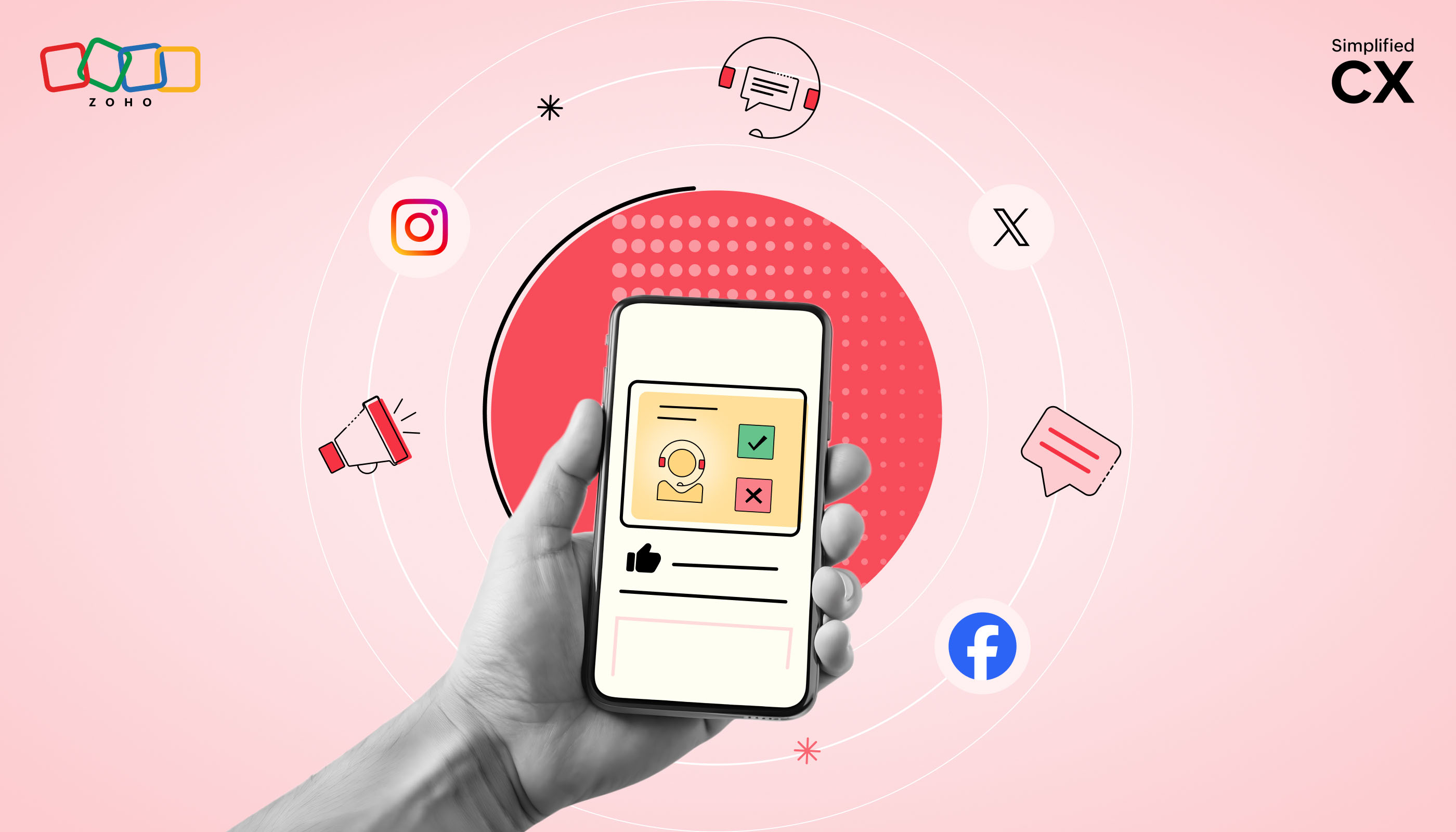The customer service effect on the KPIs that measure CX
- Last Updated : October 24, 2023
- 908 Views
- 4 Min Read

Customer service impacts all the KPIs businesses use to measure CX. But CX begins long before actual purchase. This puts the onus on marketing to craft the early experiences in the customer journey. Even so, the real value of CX begins after a purchase and depends on how well a business can maintain relationships with paying customers. This is where customer service can effect a high value outcome.
Customer service can guide the right CX objectives, plans, and tools
Businesses focus on improving CX to earn customer satisfaction, loyalty and advocacy. This is the core function of customer service.
CX is about what a business hopes to accomplish. Unless it is measured in terms of customer service; then it’s really not involved in CX.
CX begins with the customer and makes its way to the experience. The right experience can build awareness and prompt purchase. That is what a business wants. But what it needs is to understand customers’ expectations.
CX can help improve customer satisfaction, create efficient processes, anticipate customer needs, and increase brand value. Which is what customers expect. When a business is driven by customer expectations, it can revitalise its CX values.
Does your business put the customer first?
Being customer-first is not about playing second fiddle to the customer. It is about putting the customer at the heart of business. About how well you connect with your customers’ perspective, so you can understand and measure the effect your business has on them.
Even a small increase in customer satisfaction, loyalty, or advocacy leads to sizeable returns. Namely, higher customer lifetime values, a surge in sales with up-selling and cross-selling, less customer churn, and enhanced VoX, referrals and inbound volumes.
Good CX is not defined by technology and tools alone. But by the ability of a business to focus on customers before designing positive experiences. It is this customer-first approach that makes some businesses adept at delivering great CX.
The KPIs that measure CX
These indicators focus on how customers feel at different stages of their journey with a business. Rightly so, because CX is really about customers’ emotions. Most businesses measure satisfaction and loyalty with the Net Promoter Score (NPS), Customer Effort Score (CES), Customer Happiness Ratings (CHR), and Customer Satisfaction (CSAT). While some shore up their efforts by tracking customer churn, customer retention, and customer lifetime value to get better clarity on their CX efforts.
CX is a composite of everything your business does
CX is the sum of all interactions customers have with your business. Simplify them for customers to gain value from each interaction at every touchpoint on the customer journey. From navigating your website and understanding your communication, to following through on purchase decisions and onboarding. Once visitors become customers, the business is better placed to manage customer expectations and emotions.
Acknowledge emotions with customer service
When customers reach out to a business, they do so because they have a need, a query, or an issue. The prudent business knows the time to be present and available for the customer is when they engage with you.
Now imagine how it could feel for a customer in these situations:
When a customer writes in for the very first time and gets a generic response that your team will get in touch with them in 48 hours?
When onboarding customers write in with a query and receive template responses directing them to refer to your knowledge base?
When active customers call for help with an issue, are handed off to several people from multiple teams and forced to repeat their information and request?
These are very basic examples of sub-par experiences from different stages of the customer journey. All it takes is one of these experiences to make a customer turn away and not give you a second chance. So when a business is perceived as playing hard-to-get, customers tend to:
Believe it takes too much time and effort to engage with you.
Feel dissatisfied and unsure of recommending you to a friend or colleague.
Think they have been slighted enough to give you a bad review online.
Tips to create good customer service experiences
A good customer service experience satisfies customers, earns loyalty and builds advocacy. All of which can build customer retention and reduce customer churn by delivering positive experiences. Here are the basics:
✓ Respond to customers more personally.
✓ Make good use of data.
✓ Be there for customers when they need your help—don’t leave them hanging.
✓ Reply to email queries with links to relevant articles from your Knowledge Base with the option to request for a call-back if required.
✓ Build robust communities and encourage discussion boards where members share experiences with your product that can help others with the same issue.
✓ Integrate your data to deliver a seamless omnichannel customer experience.
✓ Call back after 24 hours to be sure the customer has been helped and feels all the better for it.
Businesses put a lot of thought into choosing KPIs to measure their CX efforts. Opting for what best fits their form, focus, function, and need. So brands like Apple and Air BnB measure customers’ willingness to endorse their product or service. While Google and Facebook measure customer satisfaction.
There is no single KPI best suited to measure CX. In fact, a selection of one or more, or even all of them, at different times and stages of the customer journey can be valuable. Irrespective of the KPIs you choose, what matters is how well you know your customers and how much thought and heart you put into your customer service efforts. After all, the customer service effect leaves a lasting impression on your customer. Make it a good one.
Photo by Frank Eiffert on Unsplash.


